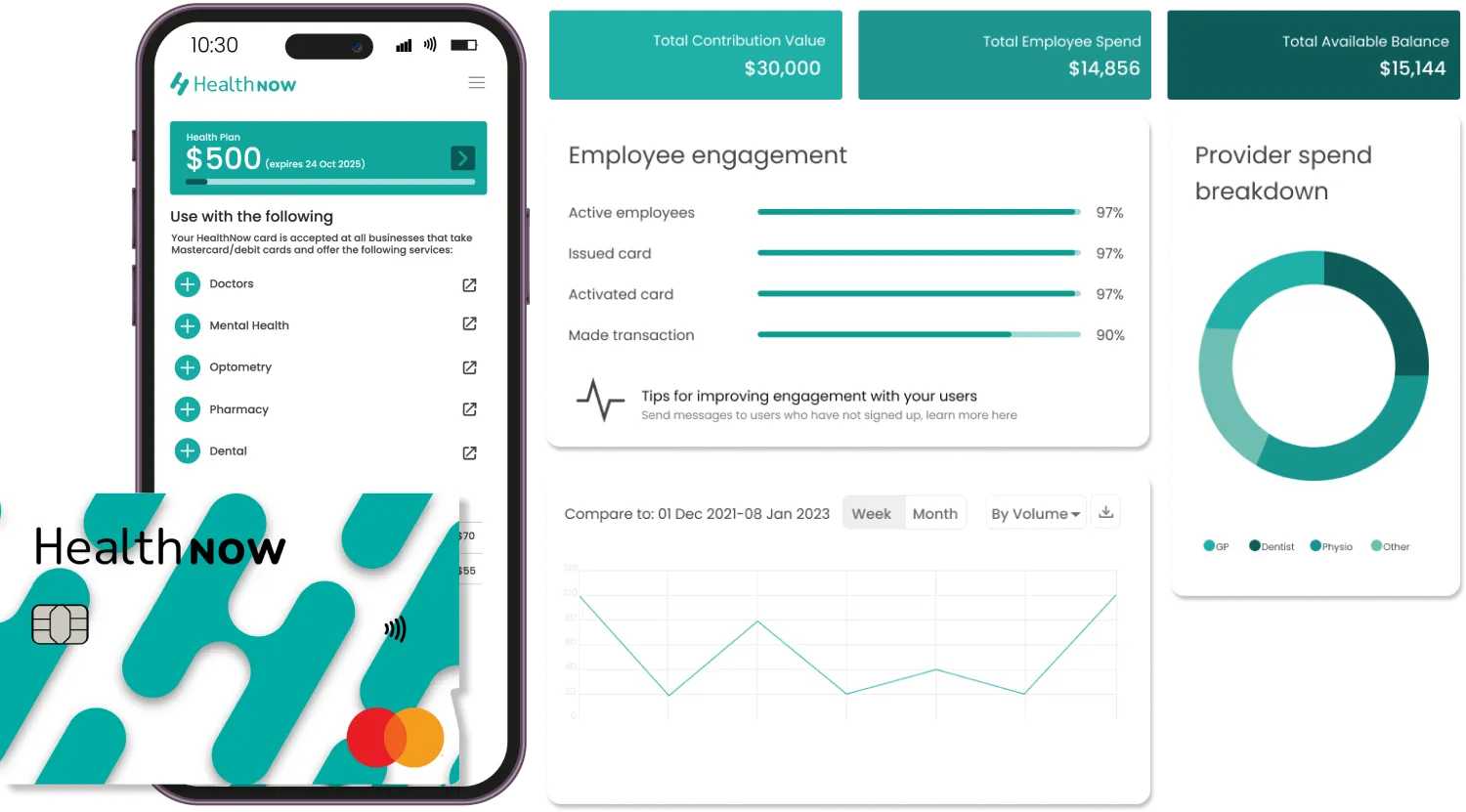How does inflation affect health access? Great question. Let’s take a little look together.
Generally speaking, inflationary cycles lead to increases in prices and reduce the purchasing power of money in the economic environment. We’ve all seen it recently, headlines talking about fuel prices, the cost of fresh produce and everything else under the sun costing more to purchase.
One topic I haven’t seen spoken about yet at any scale let alone one of significance is the effect inflation has on the cost of healthcare. This has me perplexed, as before we even consider the recent global events and inflationary cycle that have led to significant cost increases in every sector, 24% of the population was already delaying or neglecting healthcare.
What do you think that number will increase to now? 27%, 30% more? It won’t be going down that’s for certain.
How does inflation affect healthcare and health outcomes?
It’s actually quite similar to any other skilled service industry which uses consumables.
Fuel goes up, this then leads to increasing costs at the consumables layer as suppliers need to protect their margins, which then leads to price increases at the point of health as private health providers need to protect margins.
Wages are on a steep rise in health as skilled labour is harder and harder to come by every day. This then leads to price increases at the point of health, again, to protect the margins of health businesses so they can remain open.
Patients are less likely to access health. Their personal living costs are on the rise, fuel costs more, food cost more, rent cost more and for those in middle income working positions (the majority), their wages have not matched the increases in living costs.
This feels alarming to me, we already had a system where end-users of health were either avoidant, delaying or neglecting health due to cost barriers. Now we have a situation where their money doesn’t go as far and the services they need to access are seeing price increases. What happens when health isn’t accessed in a timely manner when it’s needed? Conditions advance and people end up sicker for longer and need higher levels of (usually public) care.
So why am I rambling about this? We need to see more innovative action around health prioritization and accessibility. The government cannot afford to make health free, it would lead to a hefty change in tax policy so let’s remove that idea.
If you are an employer – Invest in your employee’s health, when they aren’t at work and wait till day 3 (as that’s when they are legally required to produce a med cert for sick leave) because they don’t want to spend $50 on the doctor, How many opportunities are you losing and cost are you exposed to? I’ll tell you 1 thing, it’s more than $50. Look at HealthNow’s employer aid tool, health insurance or other systems to drive health acquisition.
If you are an individual, I strongly recommend you start saving for your future health. Health cost is not a matter of IF it is WHEN. Get a nest egg put together, which would be able to support you in accessing private specialists, imaging or dental. Having more than $1,000 – $2,000 in a pool in most instances would suffice for the diagnostic element of a health journey before going into the public network and an additional $8-$10 per week added to this fund will ensure your annual run of the mill health is always available. I’m talking doctors, dentists, optometry, medication, physio and ECT. You can do this with a bank account if you trust yourself not to touch it, or HealthNow’s Health wallet, where it is out of sight till you need it.
If you are a health provider, navigate the need to increase your business prices. It’s okay to increase your prices to support the company’s economic viability. If the business isnt viable, it won’t be able to continue to provide health as you will close it eventually. So rather than fret over the need to increase prices, think about how you can increase accessibility with your new prices. Look at offering interest-free payment options like HealthNow’s Buy Now Pay Later solution or Q card and start thinking about how it is communicated on your website and in-store. This will ensure that your services remain accessible and end-users know how to access care when it is needed.
There are options to reduce the inflationary effects which prevent healthcare acquisition, they just need a little exploration.








